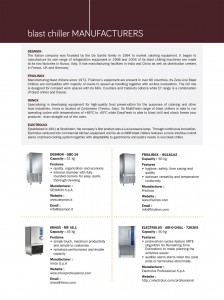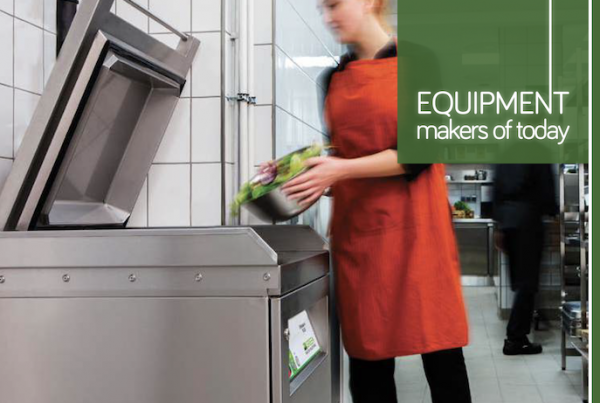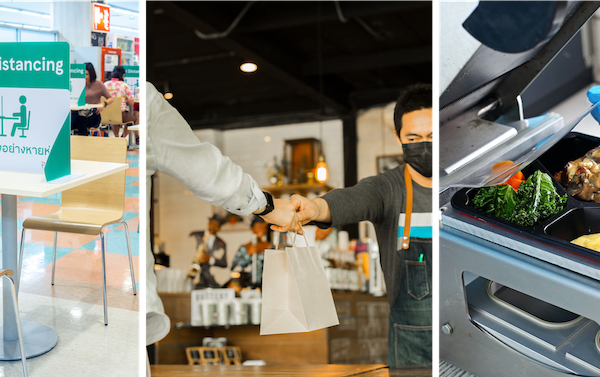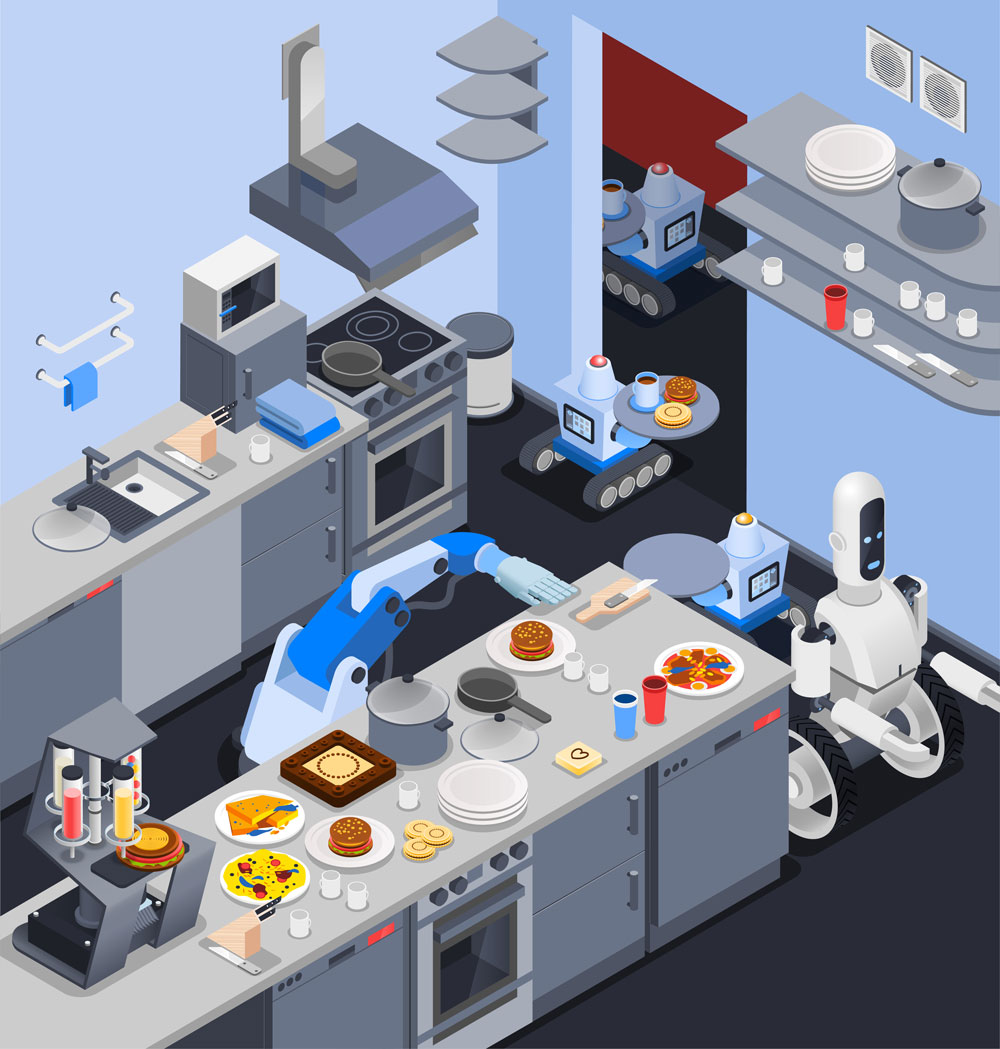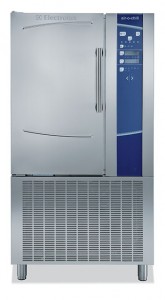 Blast chilling means bringing cooked foods’ temperature to a safe temperature that prevents bacterial growth and food spoilage for conservation in regular fridges. A regular refrigerator will not work as it does not chill quickly enough and putting in hot food will only increase the heat of the cooler which is counter-productive.
Blast chilling means bringing cooked foods’ temperature to a safe temperature that prevents bacterial growth and food spoilage for conservation in regular fridges. A regular refrigerator will not work as it does not chill quickly enough and putting in hot food will only increase the heat of the cooler which is counter-productive.
A blast chiller is high powered and brings cooked food temperatures from +70°C to +3°C within 90 minutes, in accordance with Hazard Analysis and Critical Control Points (HACCP) standards. With different foods having different storing requirements, most blast chillers are incorporated with two chilling methods – soft or hard chilling. Soft chilling is ideal for delicate and thin products like vegetables, rice, lightly fried food or dair y products such as custard tarts and quiches. The chiller produces an air temperature from between +3˚C and -2˚C to reduce the temperature inside the cabinet. As the surfaces of such foods are of a gentle nature, the chiller needs to quickly cool them down without damaging the surface. You will need to separate chilling denser items from the soft thus hard chilling is used for meats, stews, casseroles or products that have been sealed in a bag. With air temperature going as low as -20˚C, the temperature inside the cabinet will quickly drop to +3˚C so that core food temperature reaches safe zone fast. Usually, users will monitor the core temperature with a core probe. With chilling, you want the cooked food to get to a safe temperature for storing and not have them frozen for quicker rethermalising.
When shopping for a unit, look at the simplicity of operation. Depending on the business and cooking requirements, many kitchens tend to use 12×20 inch or 18×26 inch pans to put in the blast chiller. A basic blast chiller is an undercounter that comprises three pans (12x20x2 inches) that are able to hold about 12 pounds of food which is suitable for small operations. To determine the size of a unit you require, you should calculate:
• How much food do you cook at once? Do you sell the food on-site or dispatch them to various places?
• Frequency of cooking. For example, if you only cook 3 times a week, perhaps a bigger capacity unit is ideal for storage space compared to a smaller unit for daily cooking frequencies.
• Overall weight of products that require chilling and how many items can fit on a tray in the unit?
• The countertop and a few floor models typically need 220/230 volts of single phase electrical supply while larger ones require a 3-phase electrical supply. Therefore you need to check the kitchen’s power supply before allocating for a blast chiller.
Tips & Advice
 MR GABRIELE VENDRUSCOLO
MR GABRIELE VENDRUSCOLO
IRINOX – Area Manager (Asia Pacific)
“As specifications for blast chillers are similar, I recommend to find a way to test the machine; at least to measure the equipment’s productivity by testing it with 3 or 4 different recipes / foods. I would like the dealer to be first of all a specialist in the product as well as the brand to help me understand how I can maximise its blast chiller and its applications.”
** Special thanks to Electrolux for providing the image depicted in this article.

